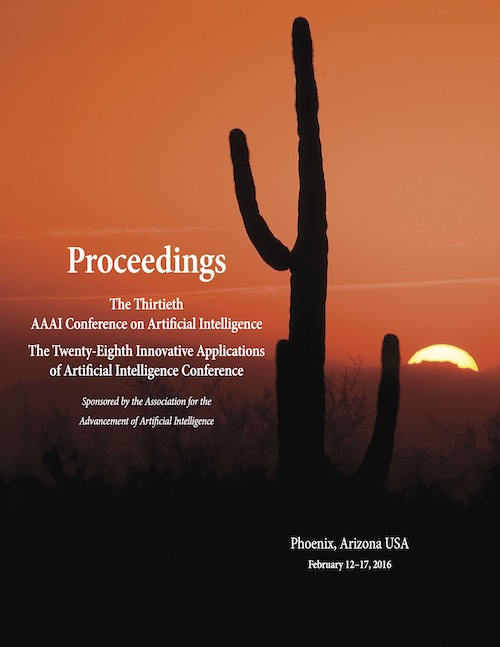Bagging Ensembles for the Diagnosis and Prognostication of Alzheimer's Disease
DOI:
https://doi.org/10.1609/aaai.v30i1.9915Keywords:
Manifold Learning, Alzheimer's Disease, Ensemble Learning, Aging, Diagnosis and PrognosticationAbstract
Alzheimer's disease (AD) is a chronic neurodegenerative disease, which involves the degeneration of various brain functions, resulting in memory loss, cognitive disorder and death. Large amounts of multivariate heterogeneous medical test data are available for the analysis of brain deterioration. How to measure the deterioration remains a challenging problem. In this study, we first investigate how different regions of the human brain change as the patient develops AD. Correlation analysis and feature ranking are performed based on the feature vectors from different stages of the pathologic process in Alzheimer disease. Then, an automatic diagnosis system is presented, which is based on a hybrid manifold learning for feature embedding and the bootstrap aggregating (Bagging) algorithm for classification.We investigate two different tasks, i.e. diagnosis and progression prediction. Extensive comparison is made against Support Vector Machines (SVM), Random Forest (RF), Decision Tree (DT) and Random Subspace (RS) methods. Experimental results show that our proposed algorithm yields superior results when compared to the other methods, suggesting promising robustness for possible clinical applications.

